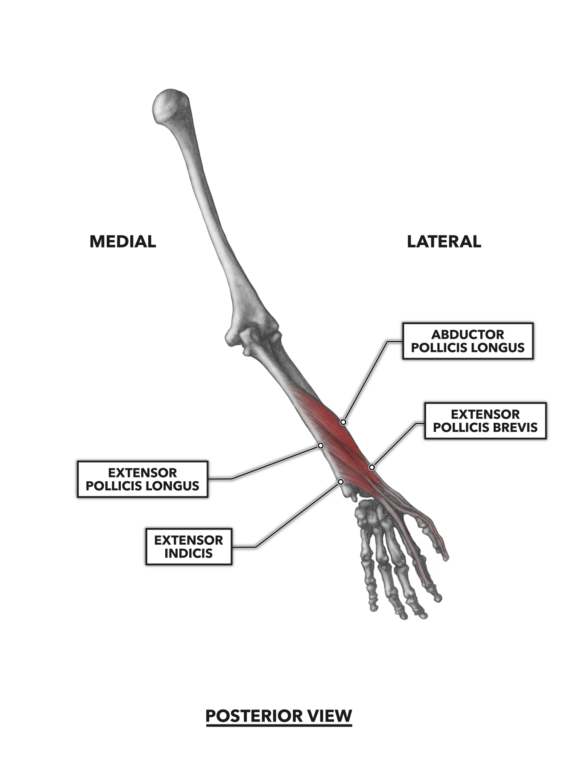

It acts to prevent excessive radial (lateral) deviation of the hand.
#Wrist extensor compartments full#
Full activities may resume 2 weeks after the procedure.Fig 1 – Articular surfaces of the wrist joint. This type of surgery is usually performed on an outpatient basis. If the symptoms are long-standing or unresponsive to conservative treatment, surgery may be indicated. Your doctor may also inject the area with a steroid to help decrease the inflammation more rapidly.
#Wrist extensor compartments trial#
Your doctor may recommend a 3 to 6 week trial of anti-inflammatory medication and bracing. This test is mildly painful to many of us, but if it is very painful then you may have Dequervain’s stenosing tenosynovitis. Then the patient bends the wrist away from the thumb and towards the little finger side of the hand. In this test, the patient makes a fist with their thumb placed under the fingers. There may be decreased thumb motion due to pain and swelling.Ī good diagnostic test is having a positive Finkelstein’s test. Swelling over the thumb side of the wrist may be present, as well as some snapping when the thumb is moved. The pain is made worse with forceful grasping, pinching, or twisting.

It may radiate pain into the thumb and up the forearm.

It may occur with a sudden onset or gradually. Pain over the thumb side of the wrist is the primary symptom. Activities requiring sideways motion of the wrist while gripping the thumb, as in hammering, skiing, or some assembly line jobs, may predispose people to develop this condition. Women are 8 to 10 times more likely than men to have this condition. It occurs most often in individuals between the ages of 30 and 50. The inflammation may be caused by anything that changes the shape of the compartment or causes swelling or thickening of the tendons. The tendon sheath lining of this compartment thickens and swells, compressing the tendons, and produces extra synovial fluid. What is De Quervain’s Stenosing Tenosynovitis?ĭe Quervain’s Stenosing Tenosynovitis is a painful inflammation of the tendons in the first dorsal extensor compartment of the wrist. Both of these muscles help spread and extend the thumb away from the rest of the hand. Through it pass the tendons for the abductor pollicis longus and the extensor pollicis brevis muscles. The first dorsal compartment lies over the bony bump at the base of the thumb. These tendons run through six tunnels called compartments. On the back of the wrist are tendons for muscles that extend or straighten the fingers and thumb, and lift the hand and wrist. This painful inflammation of the thumb side of the wrist is named after the Swiss surgeon, Fritz de Quervain, who wrote about this condition in 1895.


 0 kommentar(er)
0 kommentar(er)
